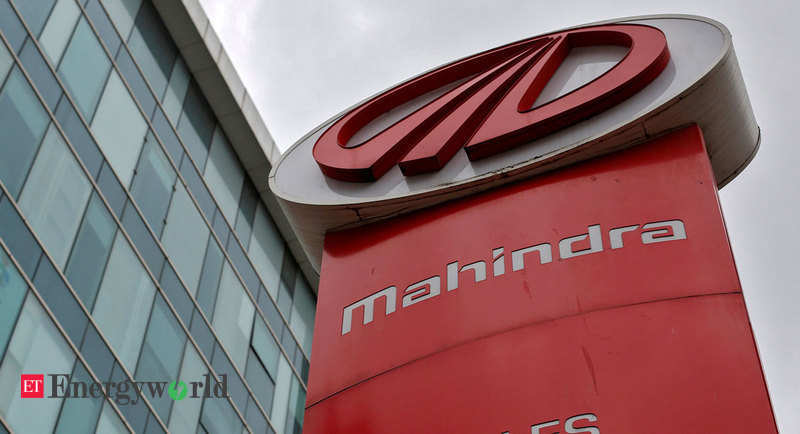

Recent Infrastructure Australia modelling suggested that road congestion and public transport crowding cost the country $19 billion in 2016, and this is expect to increase to $39.8b in 2031 unless better traffic-management strategies are widely embraced. States already maintain standardised data sets containing information about transport infrastructure – with NSW’s open-data operation, for example, offering data sets describing the state’s road segments, traffic lights, toll road data, and historical traffic volumes.Ĭompletely new data sources are also being tested to see if they provide new insight or greater accuracy: current weather data, for example, could provide a new facet to the AI’s traffic modelling by revealing if slowdowns, for example, are exacerbated by rain. “The quality is improving, additional sources of data are coming, and we are ready and set up to ingest them.” “We believe this is the right approach because data is becoming more and more available,” Ejtemai said. This requirement pushed PeakHour to tap the Amazon Web Services cloud platform, which provides both compute capability to scale the AI algorithm and massive amounts of data storage to hold a data set that is growing by many gigabytes per day. To be immediately useful, he said, speed is of the essence: “It has to be fast in order to be relevant,” Ejtemai said. “If we cannot measure traffic, it’s very difficult to optimise it.” “In order to optimise and manage traffic, we need to be able to predict it,” Ejtemai explained. Such modelling will become invaluable in future ‘smart cities’ where traffic flows will be managed by increasingly automated infrastructure – but it is already useful as a way of, for example, predicting changes in traffic flow if a particular road is closed for repaving.

The AI engine has been applied to data from over 10,000 monitoring points across the Melbourne metropolitan area, which is collected by VicDoT’s Sydney Coordinated Adaptive Traffic System (SCATS) road-monitoring system and gives PeakHour updated location-based data about traffic volume every 5 minutes.Ĭombined with regularly updated point-in-time speed data from over 20,000 collection points provided by geographical systems vendor TomTom – which has been tracking worldwide changes in traffic flow during the pandemic – PeakHour’s AI has been able to reliably predict how traffic will look anywhere in Melbourne, up to three hours in advance.

“We bring them together and innovate, and try to do something that has not been done before, but is based on deep knowledge in these areas.”

“I believe the key is to have a multi-disciplinary approach and have people who are experts in different domains,” PeakHour founding CEO Omid Ejtemai told Information Age. PeakHour Urban Technologies, a startup that was founded last year to apply AI to complex traffic modelling, joined the Victorian Department of Transport (VicDoT) and Telstra in a collaborative project co-ordinated by the University of Melbourne’s Australian Integrated Multimodal EcoSystem (AIMES).īy assembling a highly technical team of less than 10 people – including traffic engineering experts, software developers and software engineers – the company has developed bespoke AI algorithms and is tuning them against massive volumes of traffic data, which is collected in real time from a variety of sources. Victoria’s extended ‘circuit breaker’ lockdown may be testing the patience of the state’s residents, but its major changes in traffic flow have been a valuable source of new data for an AI algorithm that can accurately predict local traffic flows three hours into the future.


 0 kommentar(er)
0 kommentar(er)
